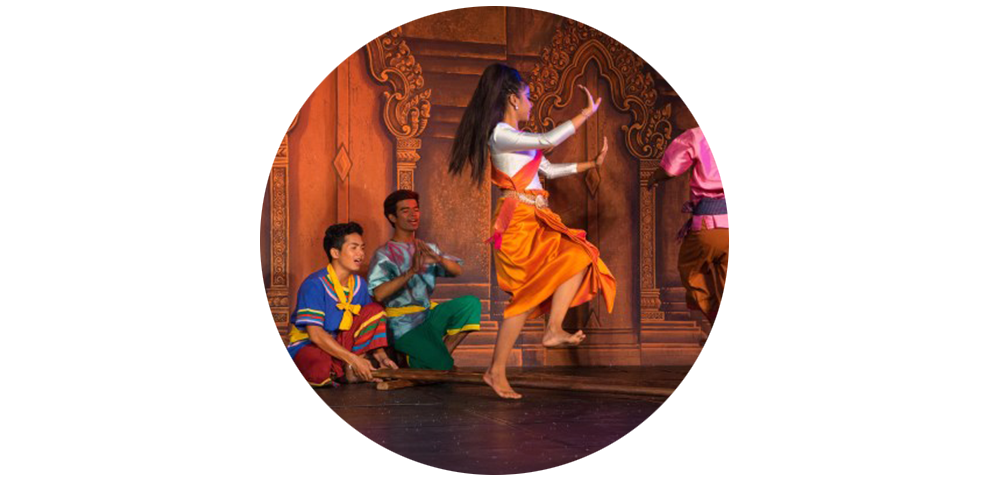
Tourism is one of the main industries in the Kingdom of Cambodia. Strong efforts have been made to promote the country as a unique destination, one that's rich in diversity and has a fascinating cultural heritage. Since the country's new era of peace and political stability took over, everyone can now discover the deepest heart of the Kingdom, travelling in little known areas and understanding more about the Angkor civilization. Cambodia's main draw is the Angkor temples, magnificent both in scale and beauty. But there is much more on offer than its famous cultural sites. You can cruise down the Mekong and tributary rivers, go trekking in remote areas and relax on deserted beaches.
History of Cambodia
Cambodia gained its independence in 1953. Since then and through to 1970, it was a self-sufficient and prosperous country that excelled in many areas of development. Following an extended period of civil war, the Paris Peace Accord in 1991 created the United Nations Transitional Authority (UNTAC), which was backed by some 22,000 United Nations peacekeepers to prepare the first free and fair election in the country. In May 1993, UNTAC supervised Cambodia's first general election. His Majesty Preah Bat Norodom Sihanouk was reinstated as King. In 2004, he abdicated the thrown and his son, Norodom Sihamoni, was elected by the Thrown Council to be the King of Cambodia in October that year. Former King Sihanouk passed away in October 2012.
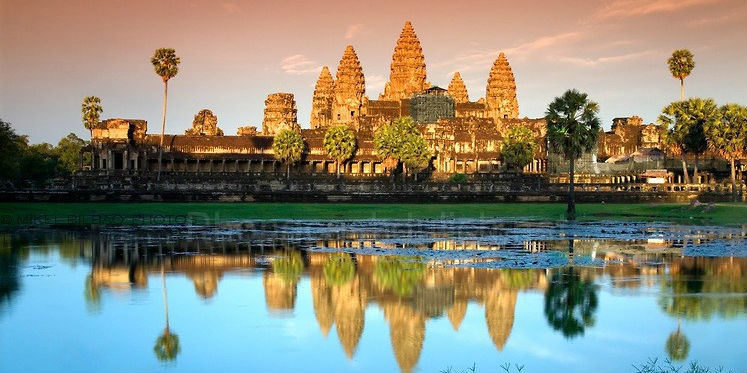
Geography
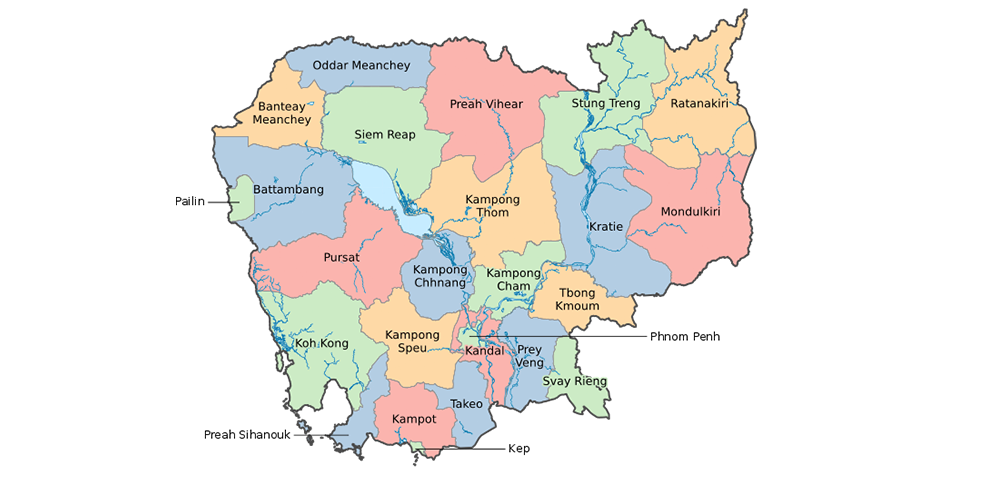
Cambodia is a country in mainland Southeast Asia, bordering Thailand, Laos, Vietnam, the Gulf of Thailand and covers a total area of 181,035 km2 (69,898 sq mi). The country is situated in its entirety inside the tropical Indomalayan ecozone and the Indochina Time zone (ICT).Cambodia's main geographical features are the low lying Central Plain that includes the Tonlé Sap basin, the lower Mekong River flood-plains and the Bassac River plain surrounded by mountain ranges to the north, east, in the south-west and south. The central lowlands extend into Vietnam to the south-east. The south and south-west of the country constitute a 443 km (275 mi) long coast at the Gulf of Thailand, characterized by sizable mangrove marshes, peninsulas, sandy beaches and headlands and bays. Cambodia's territorial waters account for over 50 islands. The highest peak is Phnom Aural, sitting 1,810 metres (5,938 ft) above sea level.
Brief Introduction of Cambodia
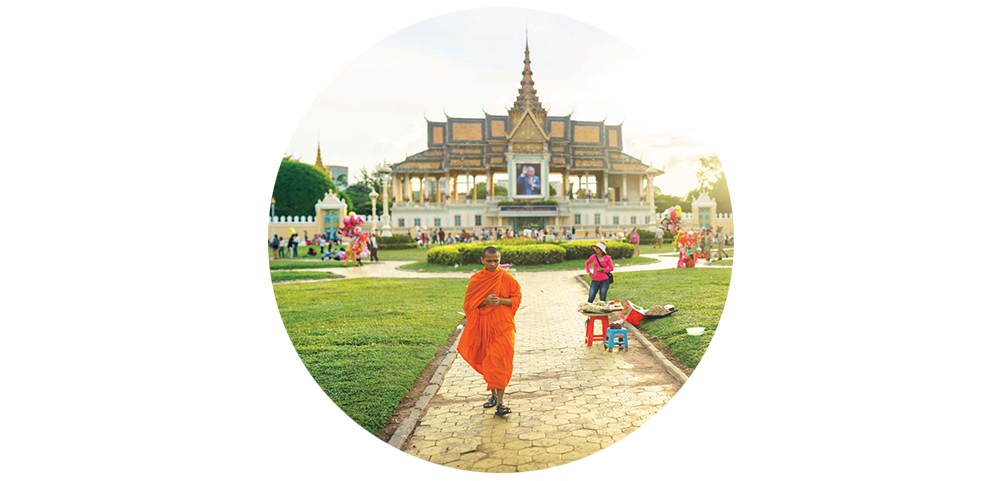
Religion
The National religion of Cambodia is Buddhism, 95% of Cambodians believe in Buddhism. Others believe in Mahayana Buddhism, Catholicism and Protestantism and Islam, and a small number of people worship the natural god.
Climate
The climate of Cambodia is a typical tropical monsoon climate. The rainy season is from June to October. The average temperature is 28 degrees celsius. November to May is the dry season with an average temperature of 32 degrees. Due to the hot and humid climate, pay attention to sun protection, anti-mosquito, water light loose clothes and drink plenty of water.
Currency
The Cambodian Riel is the currency of Cambodia. Our currency rankings show that the most popular Cambodia Riel exchange rate is the USD to KHR rate. Top KHR Exchange Rates.
Language
The official language of Cambodia is Khmer, because of its close relationship with other Chinese and English. For those who can speak only Chinese or English, even you don't speak Khmer it is not a big problem to live or travel here.
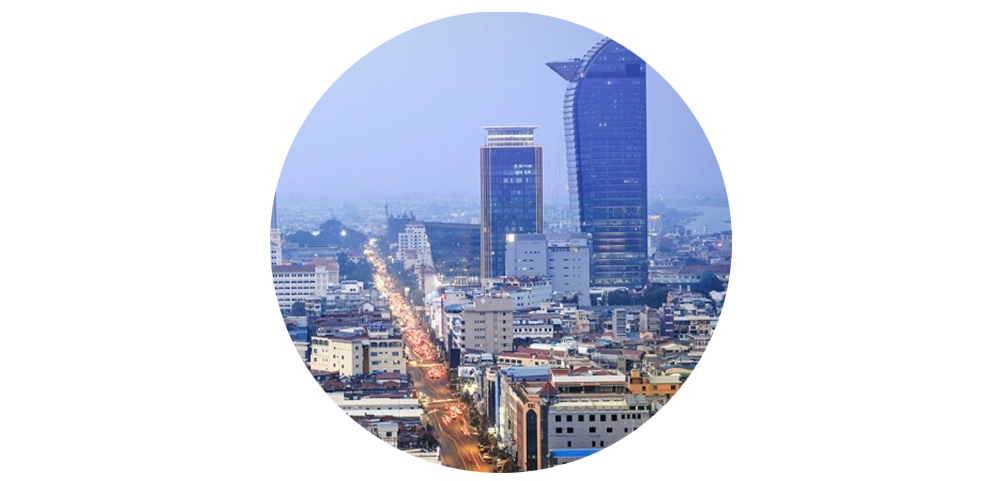
Best Souvenirs in Cambodia
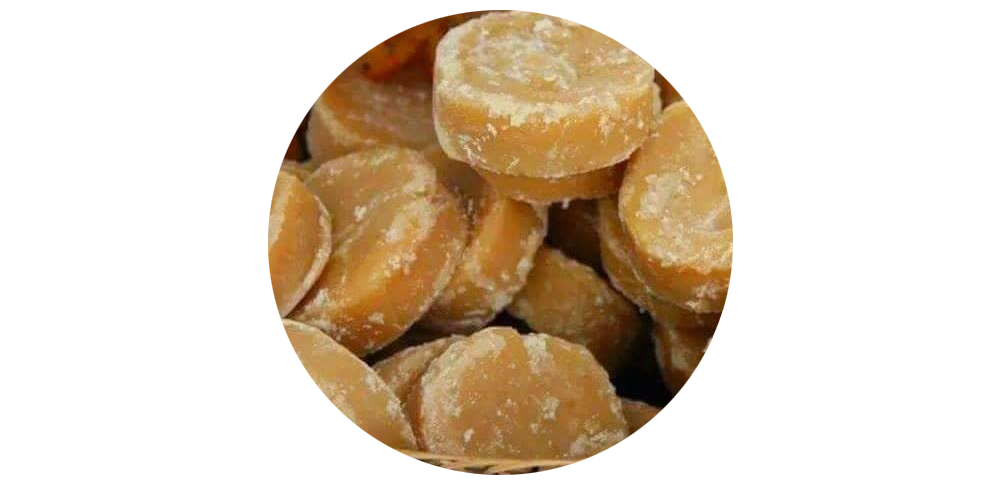
Brown Sugar
Palm trees are the "national treasure tree" of Cambodia, and brown sugar is a know of raw sugar slowly made from the nectar of this "national treasure tree". This sugar is sweet but not greasy and its nutrient content is high, they can balance your blood sugar, it also can effect blood lipids. Local people in Cambodia use big pot to cook sugar, and the sweet sugar scent is refreshing.
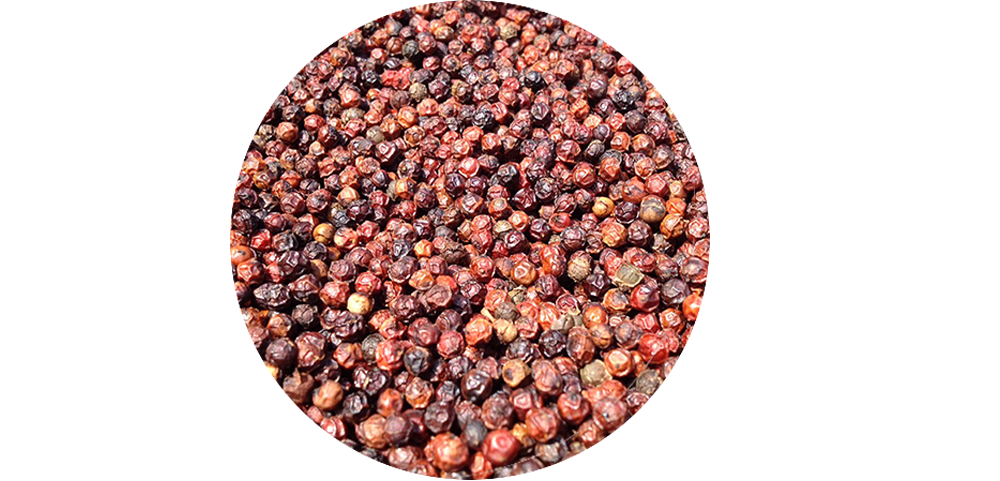
Pepper
Cambodia's "Kampot Pepper" tastes spicy and has a strong floral aroma. It is a favorite of many famous European chef. The European Union has listed Kampot pepper as a protected agricultural product. If you like cooking, don't miss this wonderful ingredient.
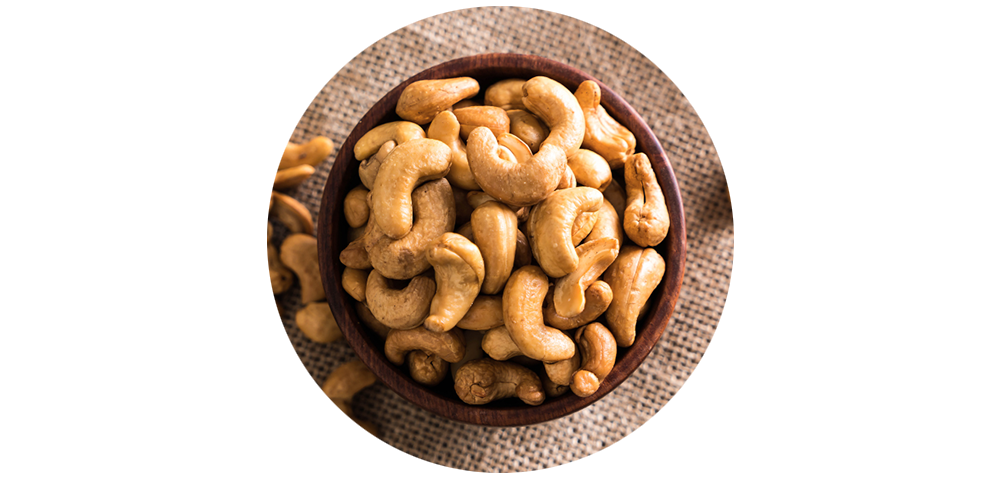
Cashew Nuts
Cambodia's cashew nuts produce 11 tons a year and it is the most important export agricultural products. Cashew nuts are rich in nutrients, and they are delicious and fragrant, the special taste of Cambodia's cashew nut makes it become the popular gift also.

Krama
Krama is a traditional fabric cloth that can be made to belt and hat. It is made of cotton or tanned. This kind of fabric have a lot of colors or style; you can purchase them. Cambodia also has high-quality silk products, they made it into wallets and handbags, which is are popular travel souvenirs for many tourist.
Traditional Dance
Robam Kngork Pailin (Pailin Peacock Dance)
Robam Kngork Pailin (Pailin Peacock Dance) is a long-standing legacy from the Kola ethnic group, who live in the region of Pailin in the west of Cambodia. The dance relates to a Pailinian legend about a magic peacock who goes to preach to the King. The lively dance is about commemorating this peacock which is a symbol of happiness. The dance imitates the peacock with lively colors of beautiful wings and suggests a courting scene between a peacock and a peahen. The dance is said to bring happiness and prosperity to villagers and is often performed during the New Year and ritual ceremonies in times of drought to pray for rain.
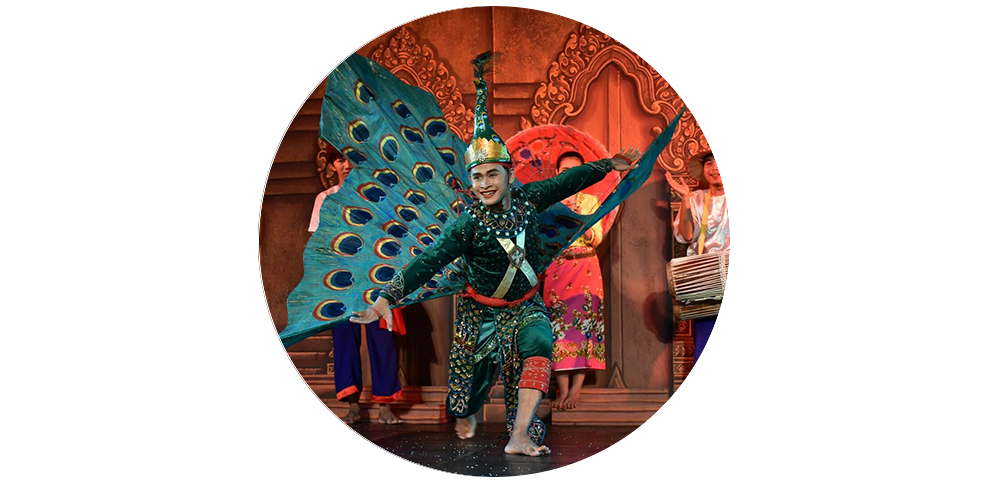
Robam Kuos Traloak (Coconut Dance)
Robam Kous Trolaok (Coconut Shell Dance) has been a legacy of Khmer people for a long time. This traditional folk dance was originated from Romeas Hek district in Svay Rieng Province. This Dance is performed during the wedding ceremony (Groom Procession) and other festivals for cheering the atmosphere.

Robam Ken (Ken Dance)
Traditional Folk Dance Refers to all kinds of dances that are passed on from one generation to another and that is often linked to an ethnic group's traditional' ceremonies. In Cambodia, traditional dances mostly involve animism and express beliefs in the supernatural. When people have problems thought to have been caused by supernatural or spirits, they offer lively dances to appease them.
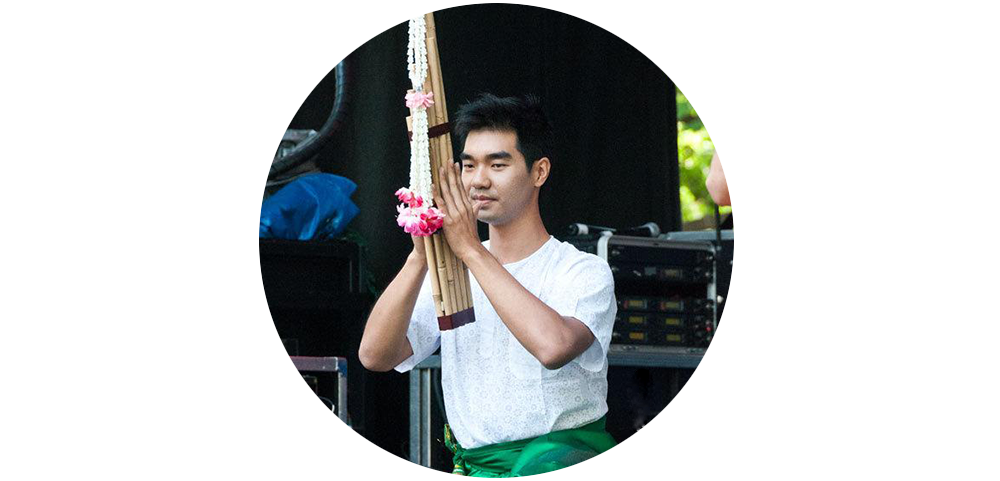
Robam Nesat (Khmer Fishing Dance)
Traditional Folk Dance Refers to all kinds of dances that are passed on from one generation to another and that is often linked to an ethnic group's traditional' ceremonies. In Cambodia, traditional dances mostly involve animism and express beliefs in the supernatural. When people have problems thought to have been caused by supernatural or spirits, they offer lively dances to appease them.

Robam Angré (Pestle Dance)
This folk dance is performed by using pounding stick, tool used by farmers to pound rice in order to release husk away. Khmer farmers use pounding stick for dancing. The performance usually takes place right after the harvesting. Normally villagers celebrate a ritual ceremony right after harvesting to pay respect and gratitude to the spirit that always bring good yield of rice product for them. Villagers perform this dance for fun and for an offering to the spirit.
